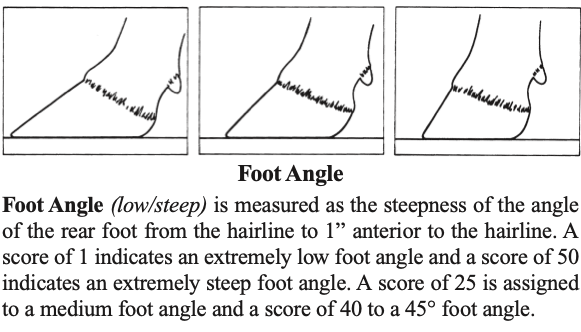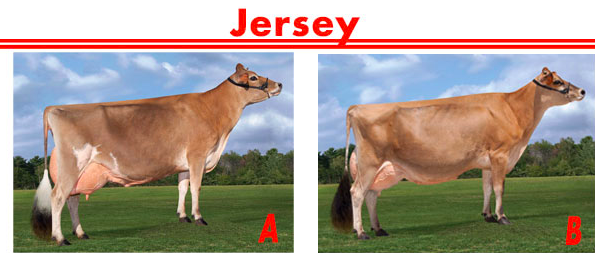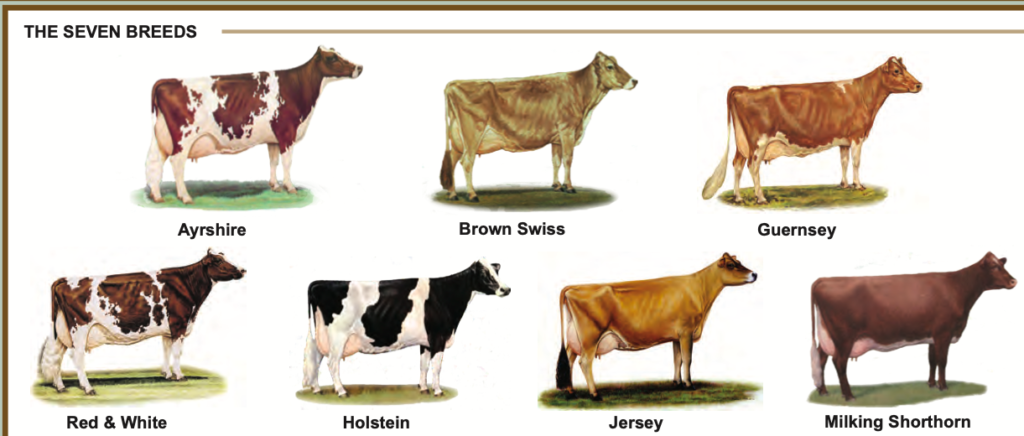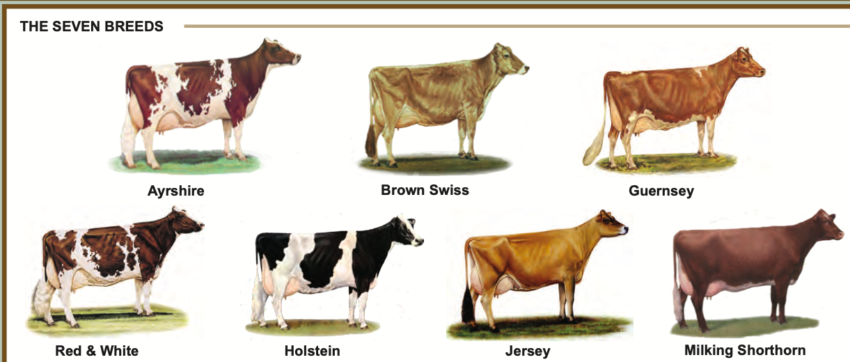If you happened to stop by the farm on Wednesday March 23rd, you may have noticed the barn, and therefore the parking lot, were more abuzz than usual for a Wednesday afternoon. This unusual activity is the result of a visit by a special guest, called a classifier, who had driven out all the way from Reynolndsburg, Ohio (about 8.5 hours) to score our cows on a scale of 1 to 100.

The classification process can be likened to an intensive beauty contest among cows. The judge scrutinizes every last detail from her head, to her toes, and every point in between and especially her udder. After looking at each cow he compares them to a “scorecard” of what the perfect cow looks like. Cows that score poorly are denoted as good cows ( because is there really such a thing as a bad cow?), while cows that score higher may be deemed, good plus, very good, or perhaps even excellent.
While these scores may not mean much to the average milk drinker, this form of scoring cows is nationally recognized as one standard means of comparing cows from across the country, and can tell a farmer a lot about a cow. Most farmers that participate in the classification program are aiming to have cows that score very good or excellent. However, this is not just for bragging rights, but because cows that are mechanically sound are less likely to get certain injuries or may have the ability to produce more milk than others. For example, a cow with very short teats may be very difficult to milk, while a cow with long teats may accidentally step on them leading to damage or infections, therefore, a cow with medium length teats will be a better cow to milk. Another example would be their rumps or hips as we would call them in humans. A cow with very narrow hips will likely have a more difficult time having a calf quickly and safely than a cow with wider hips- this would impact not only the cow herself, but possibly all the calves that she may ever have, so it stands to reason that farmers don’t want cows with narrow hips, and that these cows would be scored lower.

While the score can be a valuable piece of information, not every cow is eligible to be scored, and most farmers will not score every cow they own. In fact there are many farmers that never score any of their cows. Some farmers are confident in their own ability to judge their cows, and with little interest in selling across the country, they may not find it worth the expense or the hassle of classifying their herd. Additionally, the ideal cow scorecard is based on a healthy cow at the peak of her production, so it would be unfair to compare pregnant cows that are not milking (and have a regressed udder), or young heifers that are still growing to this perfect cow.
We are very proud of our cows here at the farm, and Rick will gladly tell you that at least half of the cows in the barn are excellent, and will be even more proud to tell you that he owns the second jersey cow in Orange County, NY to have scored an excellent 96 points. An impressive feat, but even more impressive when the highest score that any jersey cow has ever received is a 97, and when you compare numbers since they started using this scoring method in 1875.
Ultimately, it was a good day for Rick and all the cows here at Freedom Hill Farm as they scored highly, and proved what we already knew- that we have great cows who make great milk!

